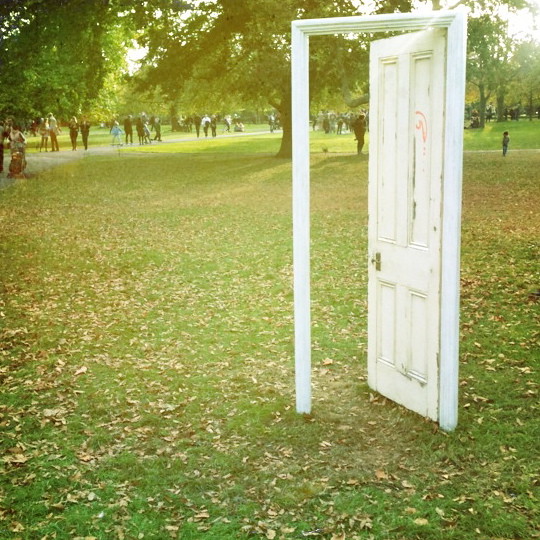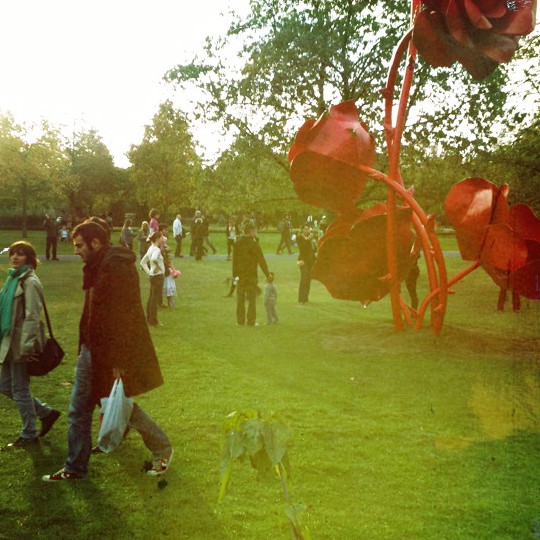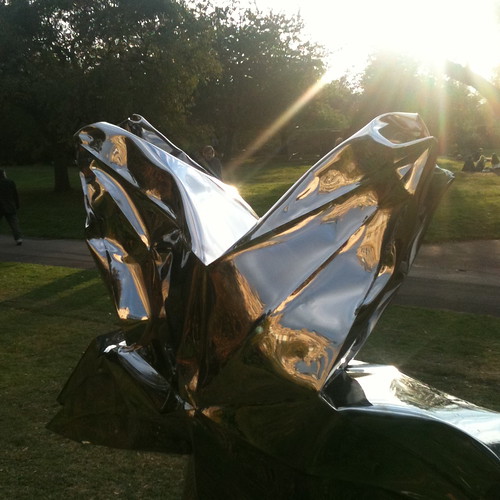26 October 2011
20 October 2011
SERPENTINE PAVILLION GARDEN MARATHON AND FRIEZE SCULPTURE PARK
By
Amy Sherlock
Fearing last weekend’s sit-out-on-the grass-glorious autumn weather to be the last before London’s long and gloomy descent into winter, I spent Saturday and Sunday taking in the art on offer in the capital’s Royal Parks. To coincide with the closing weekend of Swiss architect Peter Zumthor’s hortus conclusus-inspired summer pavilion, the Serpentine Gallery (Hyde Park) had programmed a two-day “Garden Marathon” event featuring talks and performances by an impressive multi-disciplinary roll-call, including theorist Helene Cixous, musician Brian Eno and mathematician Marcus de Sautoy.
Zumthor’s pavilion itself, black-clad and angular alongside the restrained neo-classicism of the gallery building had a singularly austere elegance. Passing through the darkness of the exterior passages, visitors emerged in a courtyard garden bathed in autumn sunlight. Whilst most of the central floral bed had bloomed earlier in the season, it was the pavilion’s structural elements that remained visually absorbing. Looking upwards, the brutal symmetry and absolute black of the matt walls formed a bold frame for the blue sky overhead. Paths were split cleanly into areas of light and shade. The medieval hortus conclusus, or closed garden (examples of which can still be seen in surviving monastic cloisters) was said to emphasise the relationship between earth and sky by this paradoxical severing. It was a place for withdrawal and contemplation: of the Edenic and the divine. Creating a space at once open and communal and intensely isolated, Zumthor’s pavilion, with its shady recesses, demands lingering and prompts observations of a more secular nature, on the incessant and ever modulating passage from light to dark, visibility to invisibility.
16 October 2011
TARYN SIMON
By
Anna-Lena Werner
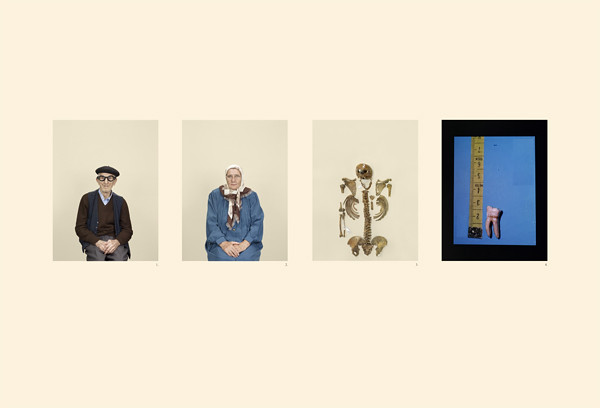
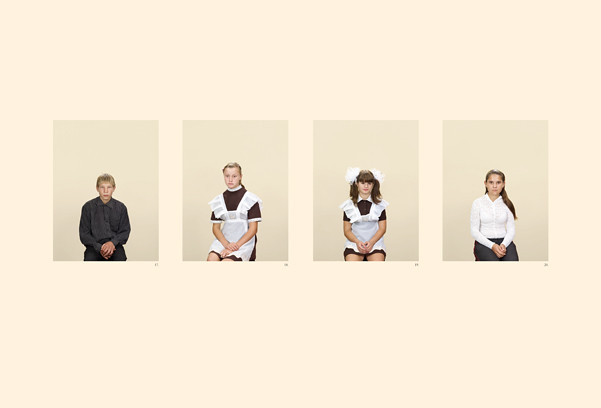
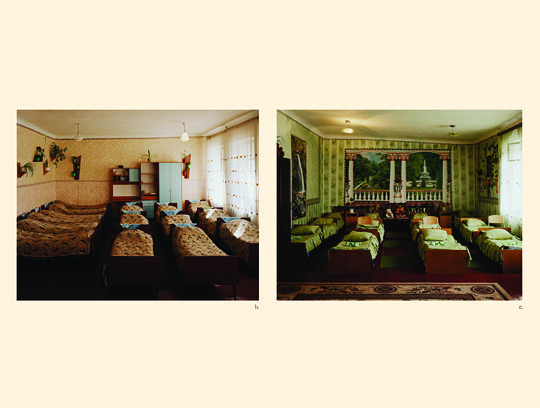
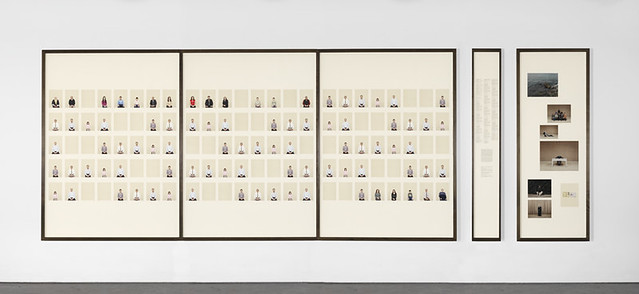
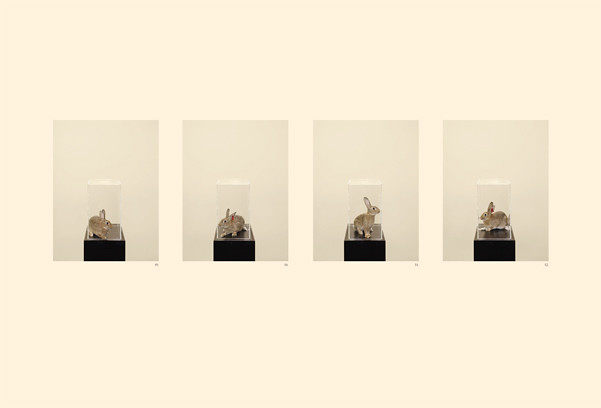
Joseph Nyamwanda Jura Ondijo is a Kenian, superstitious healer, who has 9 wives, 32 children and 63 grandchildren. Latif Yahia declares to have acted as the body double of Uday Hussein. After taking Thalidomin, Dorothy Gallagher gave birth to disabled triplets. Shivdutt Yadav is alive, yet officially dead, because other Indian farmers are stealing his land. For her exhibition "A Living Man Declared Dead and Other Chapters" Taryn Simon - a beautiful, 36-year old photographer from New York - researches tragic stories from all over the world. She collects portraits in front of neutral backgrounds, information about each individual and their "footnotes," which are items or pictures delivering further insights into their lives. These three categories are ordered in panels, and each panel-trio is ordered in chapters, making a total of 18 international stories.
12 October 2011
FRIEZE OPENINGS – EVENTS / HAPPENINGS / PERFORMANCES AT DAVID ROBERTS ART FOUNDATION
By
Amy Sherlock
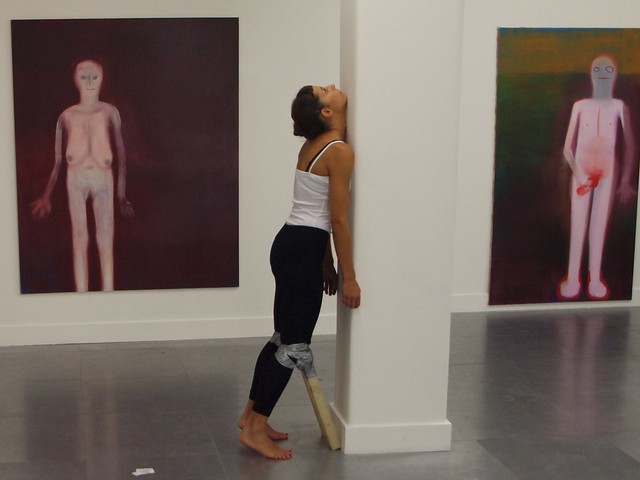
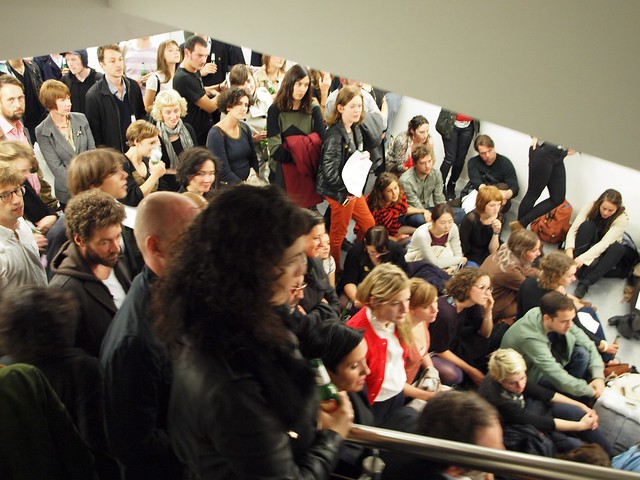
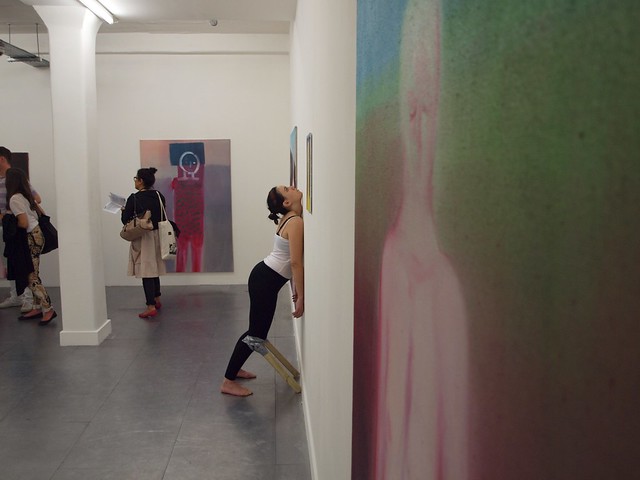
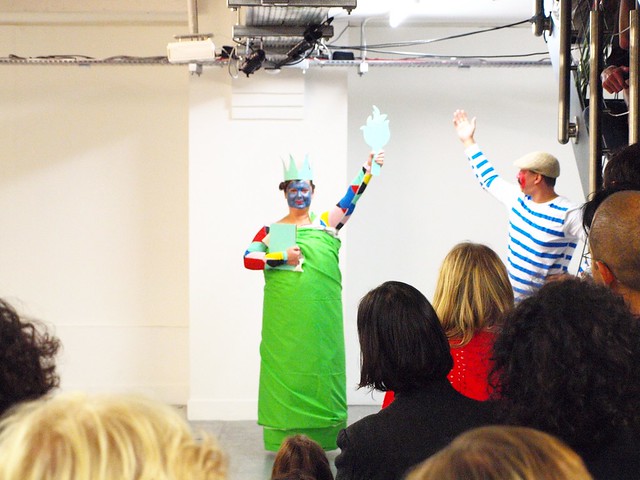
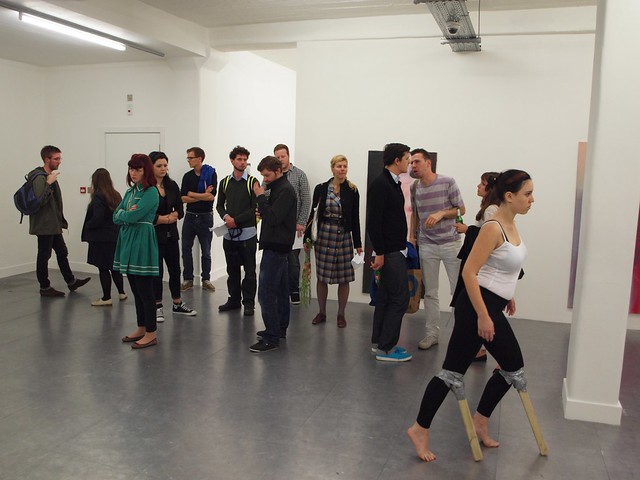
The Frieze week kicked off in London last night, which could only mean one thing: openings galore in the area surrounding the fair’s Regent’s Park venue. There was plenty to be seen, with Paul Morrison opening at Alison Jacques, Richard Tuttle at Modern Art and Charles Avery at Pilar Corrias amongst others. However, given the author’s current predilection for all things performative, the best part of the evening was spent in the packed-out basement of the David Roberts Art Foundation watching a series of performances programmed to (loosely) accompany the space’s current exhibition of the paintings of Miriam Cahn, an artists whose own work is steeped in the performative practices of 1960s and 70s feminism.
8 October 2011
THINKING AT KOLUMBA
By
Anna-Lena Werner
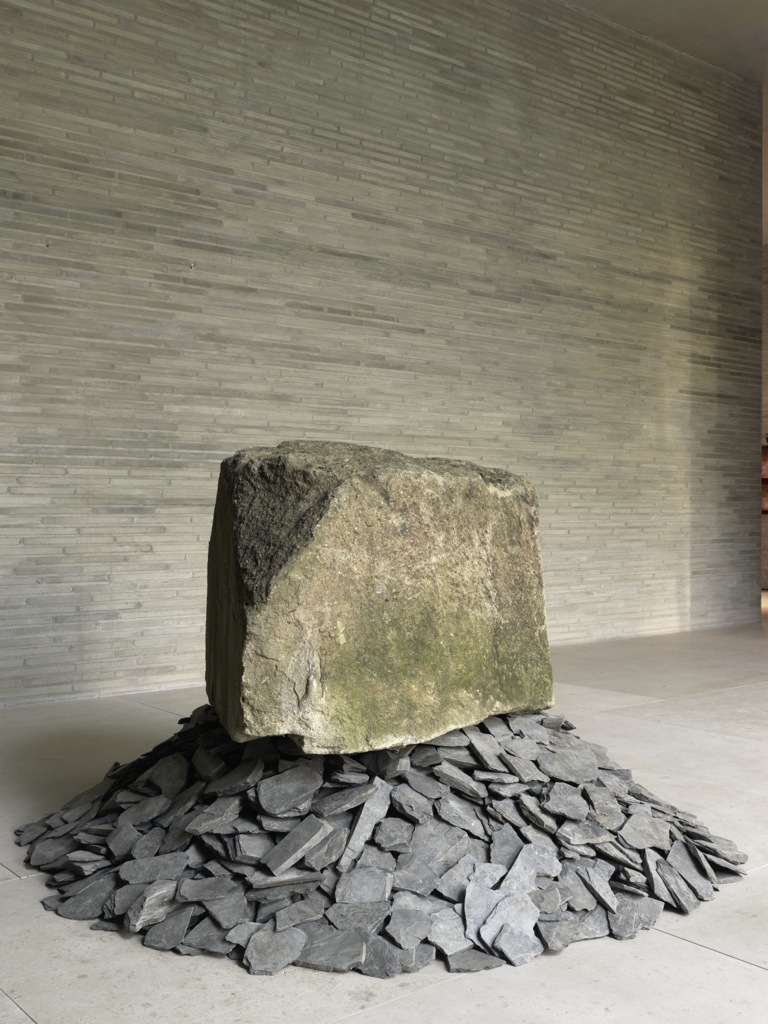
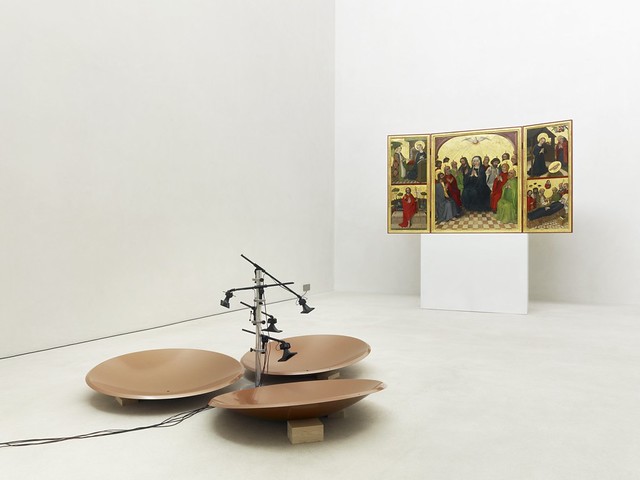

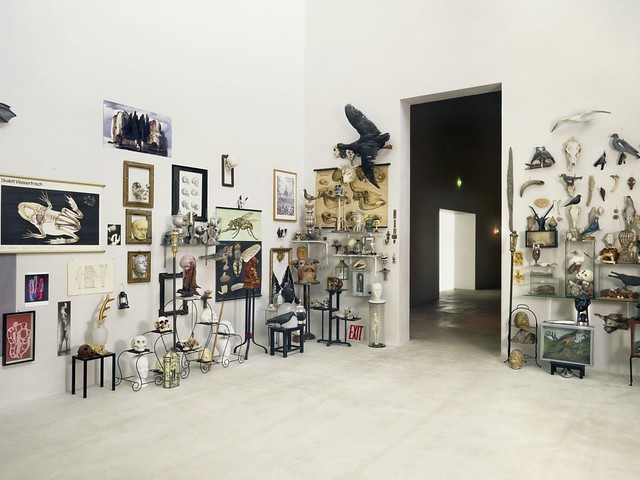
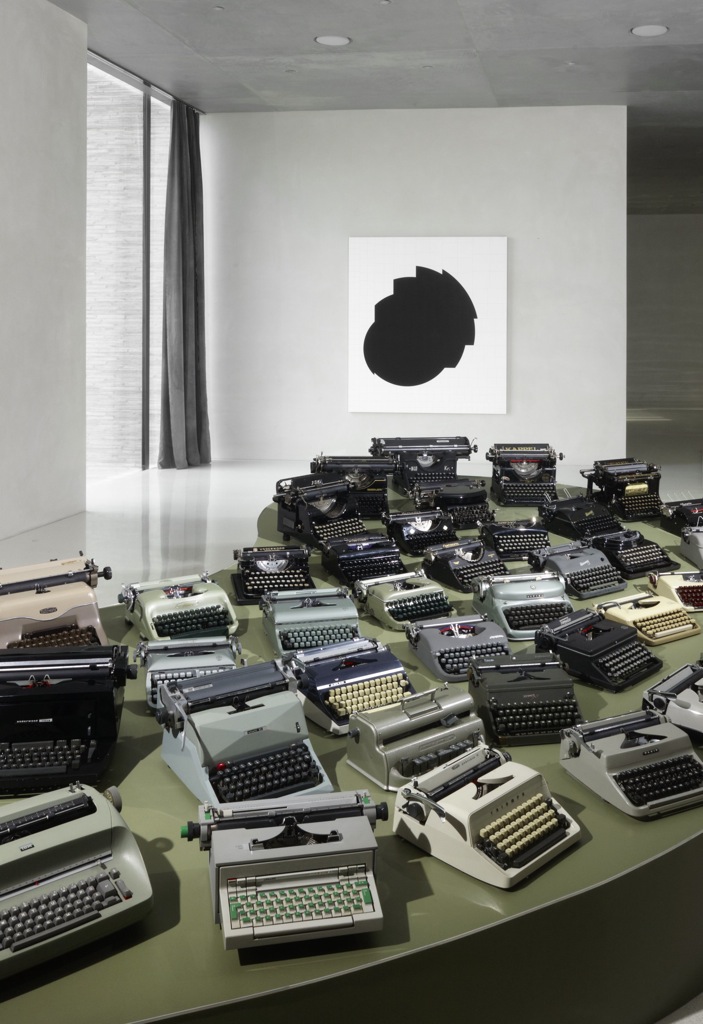
from top: Josef Wolf 'untitled'; Bernhard Leitner 'Raum Reflektion'; Jannis Kounellis 'Tragedia civile'; Krimhild Becker 'untitled'; Attila Kovacs 'Synthese 10'
"Thinking" - the title of the current 1-year show at Kolumba in Cologne explores contemplative occupations and its symbols via contemporary and old Christian art. How does that work? There is a focus on artists' books, on drawings and specifically on paintings and sculptures depicting Madonna with the Child. In a great example (room 21) a medieval devotional image is juxtaposed to a contemporary sound installation - an amazing experience. In comparison, a rather sad example is shown in room 6, where geometrical paintings by Rune Mields from the 1980s are positioned opposed to a 17th Century Christian calendar.
Kolumba is always torn between dynamic contemporary art and the maintenance of the old and religious. Founded as a Christian art space in 1853, Cologne's Cardinal Meisner (a strictly conservative believer) supported a complete renewal of the building's architecture and its concept in the 1990's. Since two years now, Stefan Kraus is the new museum's director carrying the weight of always creating a balance between art, Catholicism and original Roman ruins.
4 October 2011
HIDDEN TREASURES: LEIGHTON HOUSE AND NOUR FESTIVAL
By
Amy Sherlock
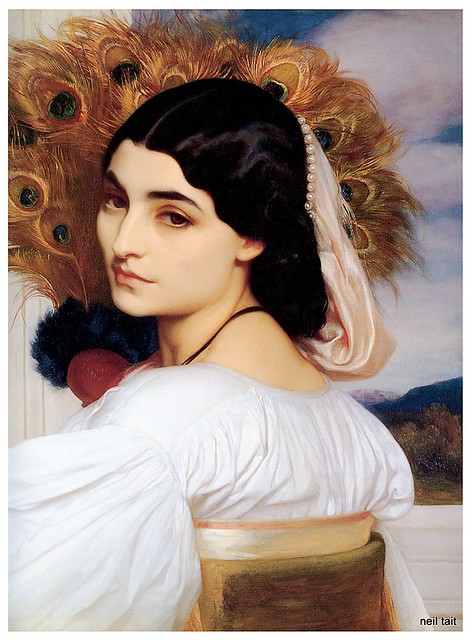

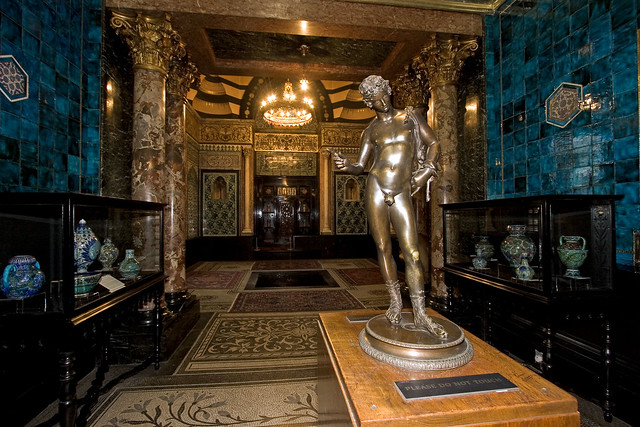
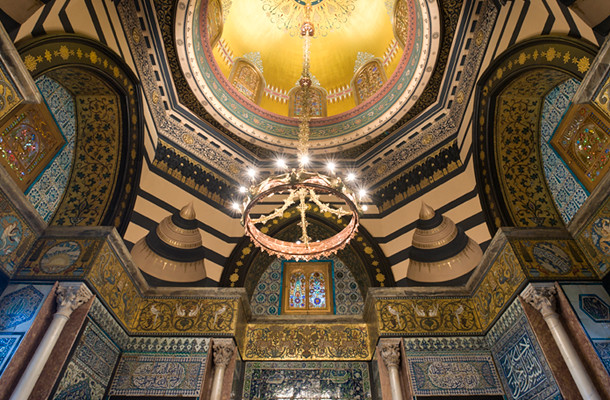
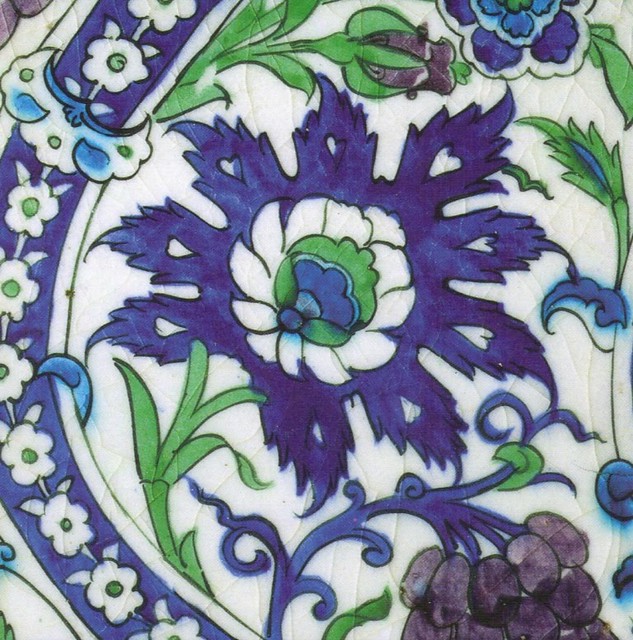
Tucked away on a leafy, unassuming Kensington street is the house of Frederic Leighton, late Victorian President of the Royal Academy of Arts and the only British artist ever to have been knighted. A skilled draughtsman and elegant portraitist, Leighton was a contemporary of the pre-Raphaelites and whilst professing to be of a very different school, works such as the iconic Flaming June (1895) illustrate why his name is most commonly associated with those of Millais and Rossetti. All three were included alongside works by Oscar Wilde and William Morris as part of the excellent show about the Aesthetic movement in Britain at the V&A last autumn. The focus of the V&A show was “art for art’s sake” mantra of this group of artists and critics for whom the pursuit of beauty and the desire to surround oneself with the aesthetically pleasing was valued above all else. Nowhere is this sensibility more evident than in spectacular, Alhambra-esque Arab Hall at Leighton’s former residence. An interior oasis of sumptuous, peacock-blue Persian tiles and intricate Arabic and Venetian glasswork, the hall features a central fountain that sits beneath a high, gilded dome designed especially by Leighton’s architect, George Aitchison. Leighton was widely travelled, thanks in large part to the great wealth of his physician father, and frequently visited North Africa and the Middle East. Here he amassed a large collection of ceramics – particularly tiles, textiles and woodwork, some of which are accommodated in the Arab Hall.

